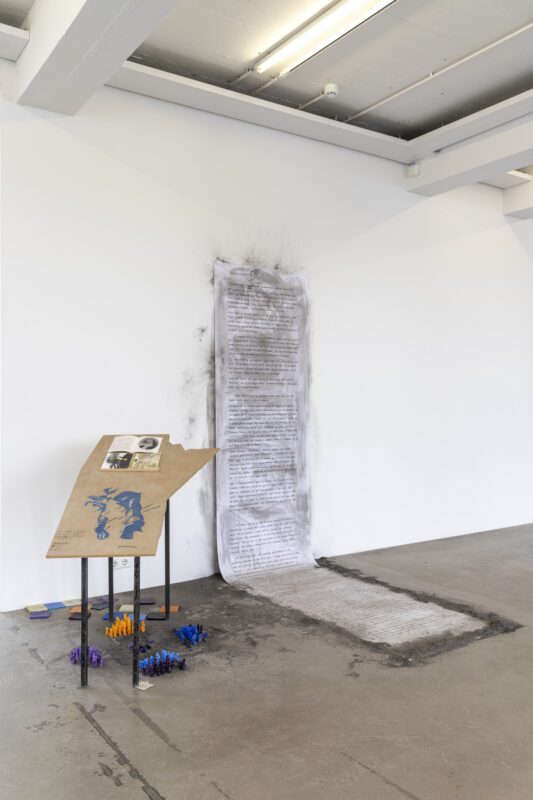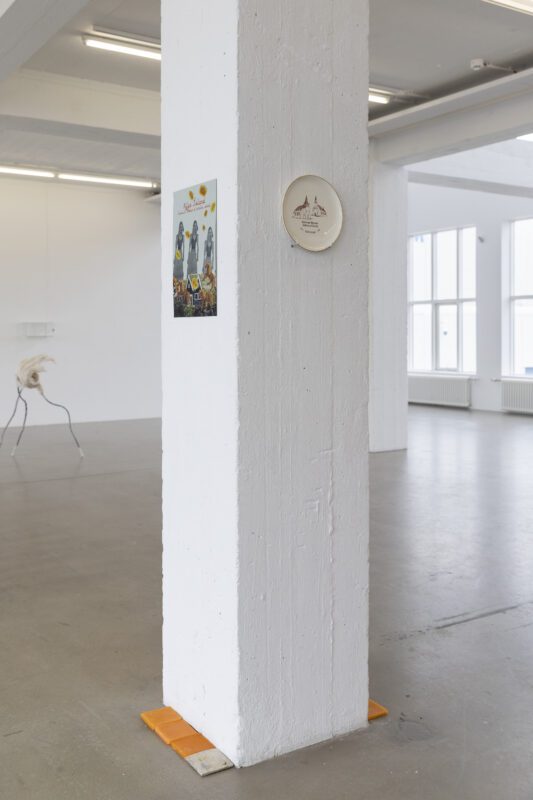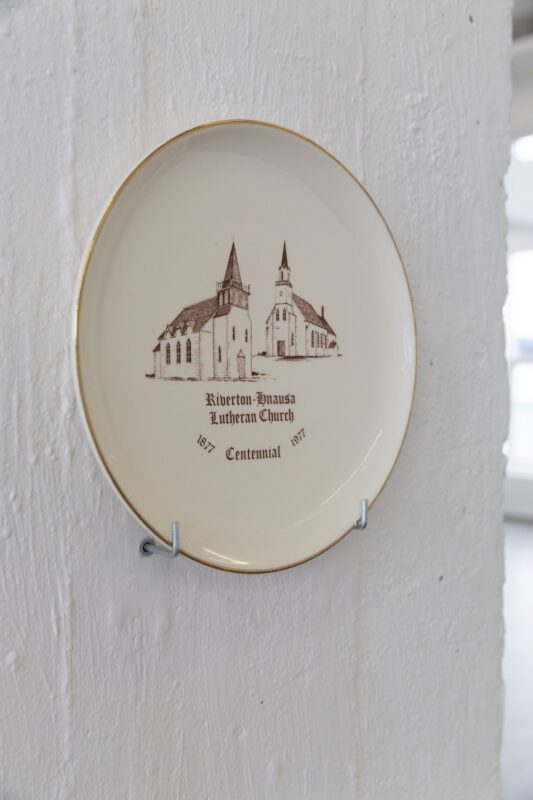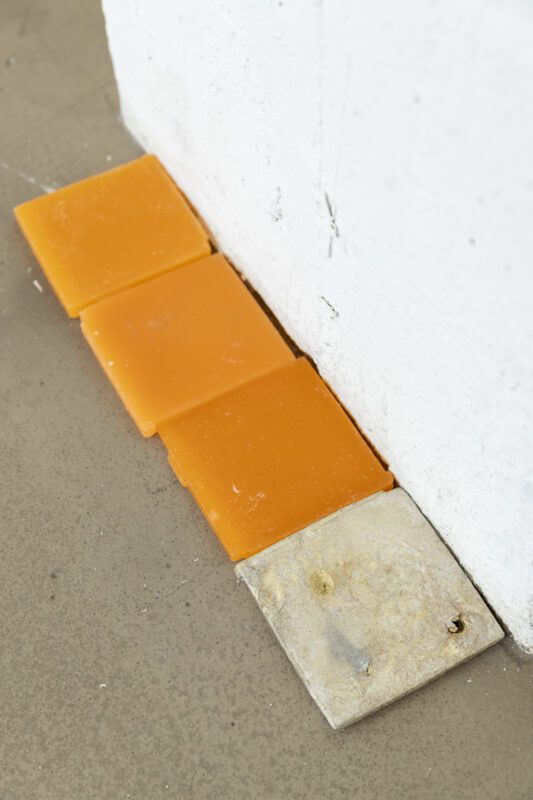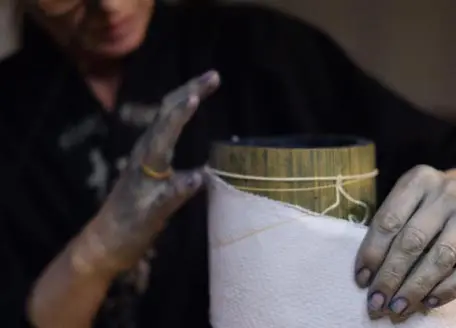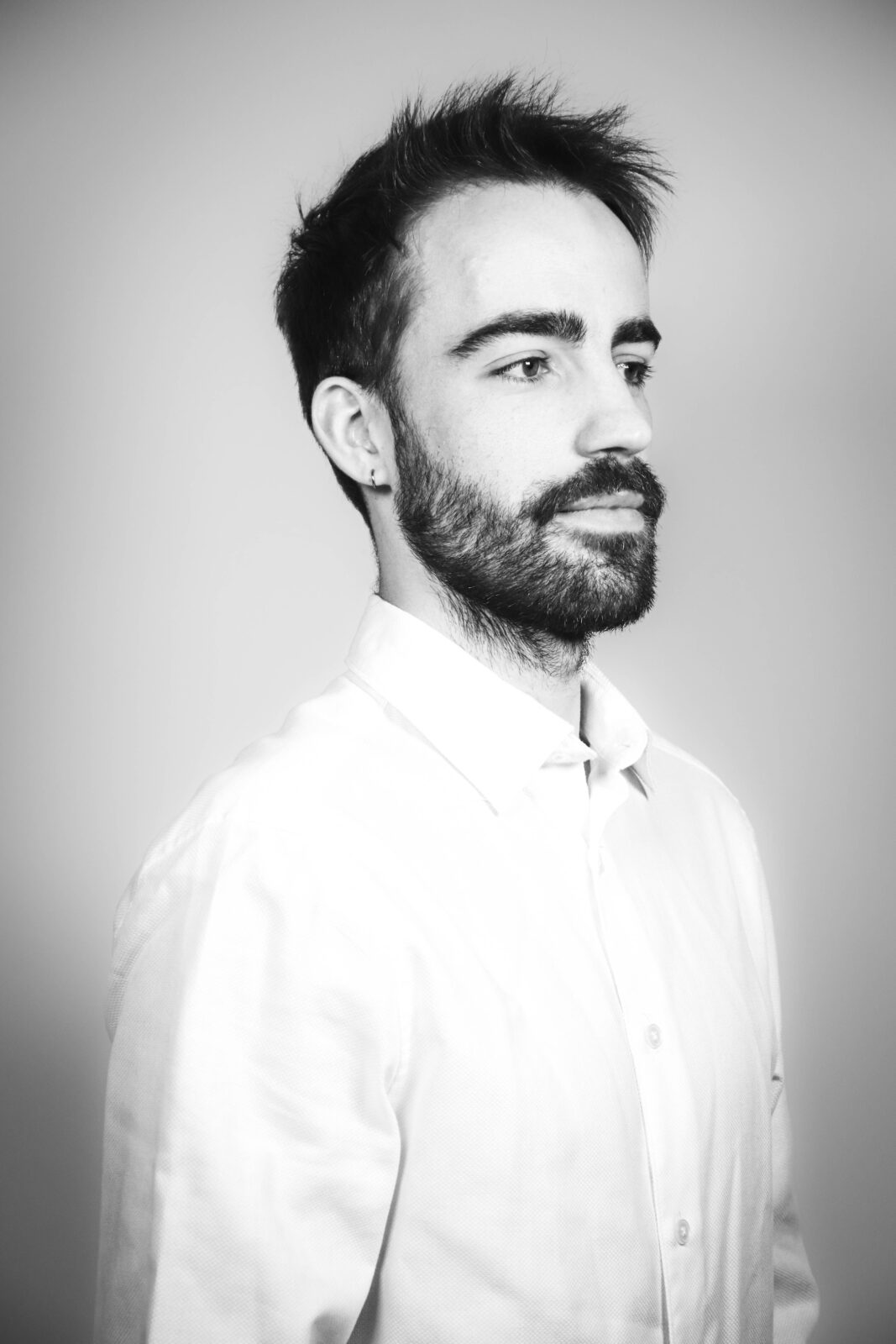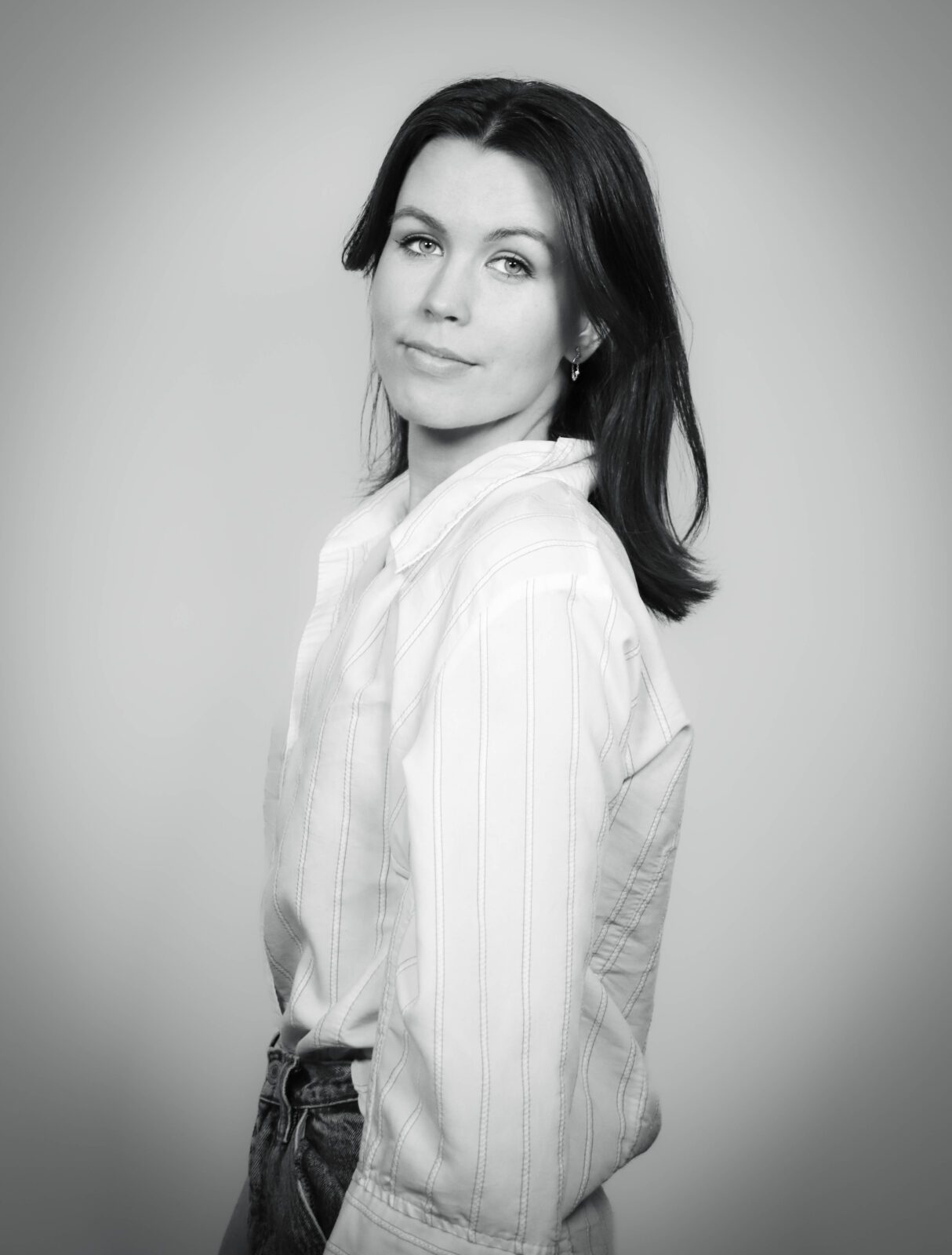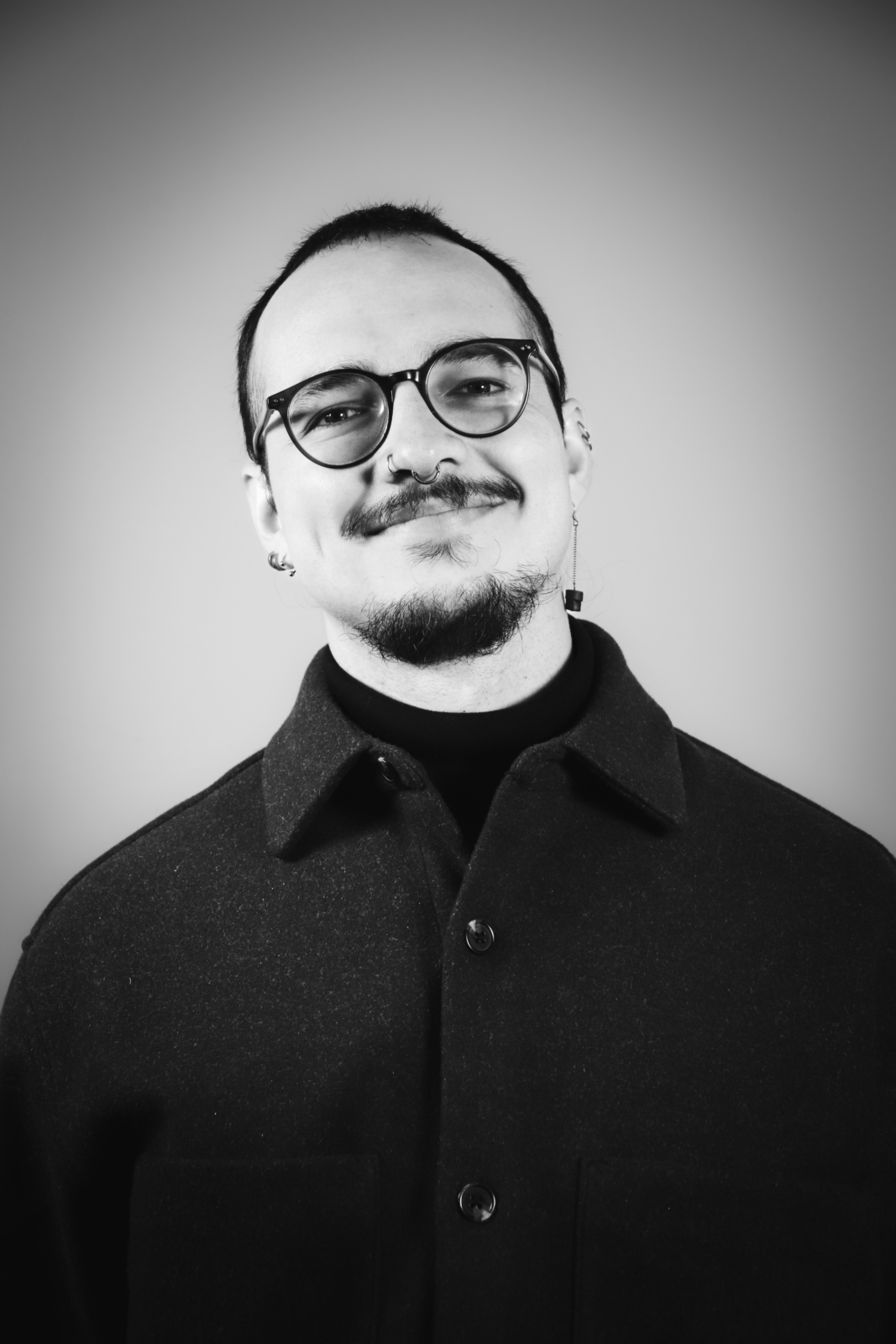Automatic translation by Google Translate.We cannot guarantee that it is accurate.
Skoða vefinn á ÍslenskuNicole Desautels
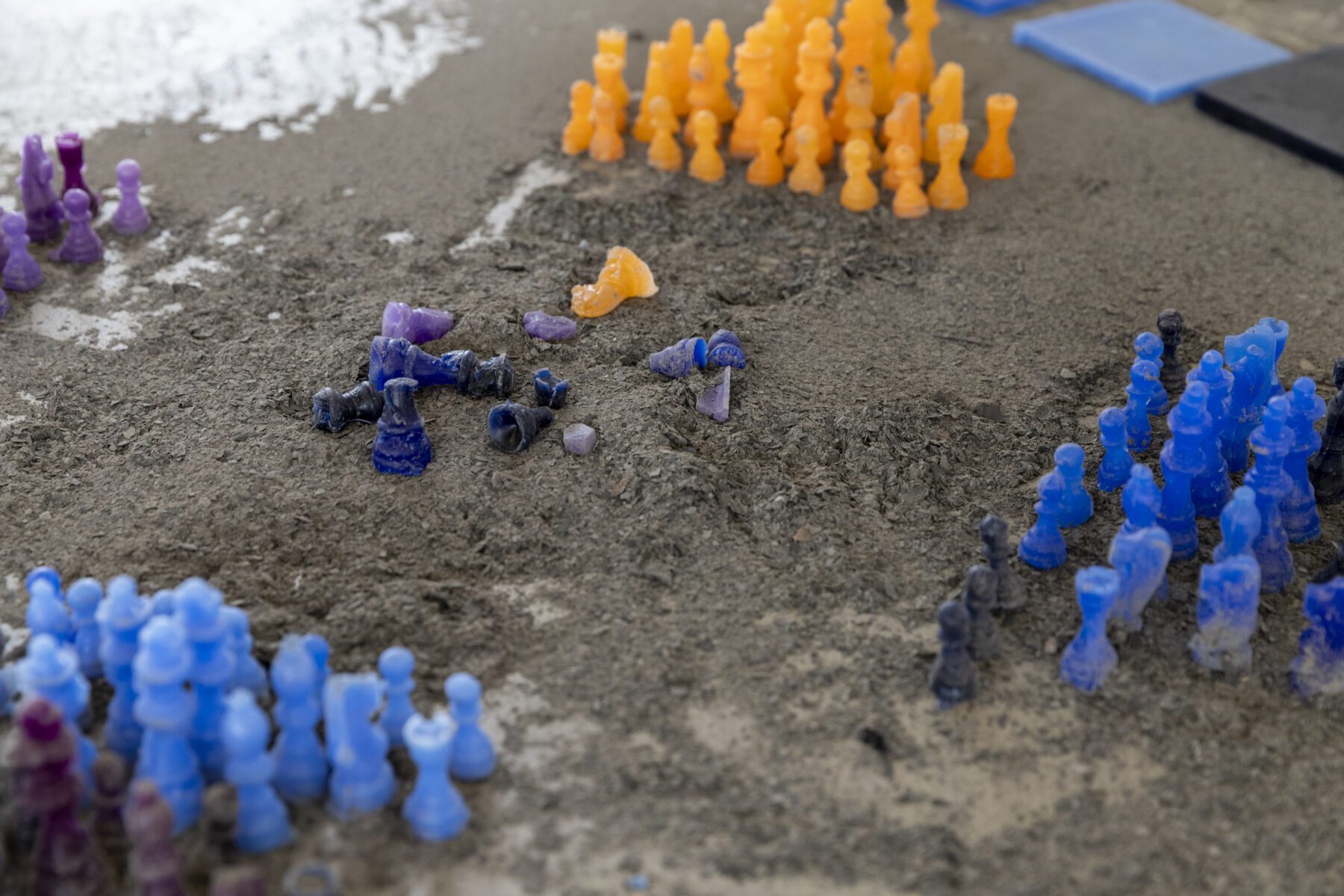
New Iceland: Our Home on Stolen Land
Nýja Ísland: Heimili okkar á stolnu landi
Wax, ash, particle board, steel, tin, paint, syrup, flour, paper, glue. Sculpture with various
elements (mixed media),
This work takes its title from a reimagining of the first line of O Canada, the Canadian national anthem—a deliberate act of disruption meant to draw attention to the ongoing realities of colonialism. By inserting “New Iceland” into this familiar patriotic phrase, I aim to question not only Canada’s national myths but also the specific narrative of Icelandic settlement in what is now known as Manitoba.
New Iceland was founded in the late 19th century by Icelandic immigrants fleeing famine, poverty, and ecological collapse. While this history is often told as a story of courage and endurance, it is also a story of settlement on Indigenous lands—specifically the territories of the Cree and Anishinaabe peoples under Treaty 1, Treaty 2 and Treaty 5. These lands were never freely given; they were taken, negotiated under pressure, and misrepresented. In this work, I confront the duality of displacement: the trauma carried by Icelandic settlers and the violence their arrival perpetuated. It asks: What does it mean to find refuge on land that was never ours to begin with? What responsibility do settler descendants— no matter how marginalized their ancestors may have been—carry in the face of that legacy?
The use of both English and Icelandic in the title acknowledges the preservation of cultural identity while also recognizing that language, like land, can be a tool of power and exclusion. By naming this contradiction, I hope to invite others into a space of reflection, discomfort, and ultimately, accountability.
Photo credits: Sisters Lumière / @sisters_lumiere
